It should come as little surprise that luxury handbag sales are continuing to dip. As we discussed in the fall, the total number of handbags introduced by luxury brands declined last year, and “It” Bags, those staples of the handbag market, have continued to lose their appeal. (Read: Are Handbags No Longer Big Business for Luxury Brands?)
But in the post-“It” Bag era, as Thomas Waller argues in WWD, handbags still have an important role in the luxury market. Let’s take a look at what’s going on and what we can expect from our favorite brands in the future.
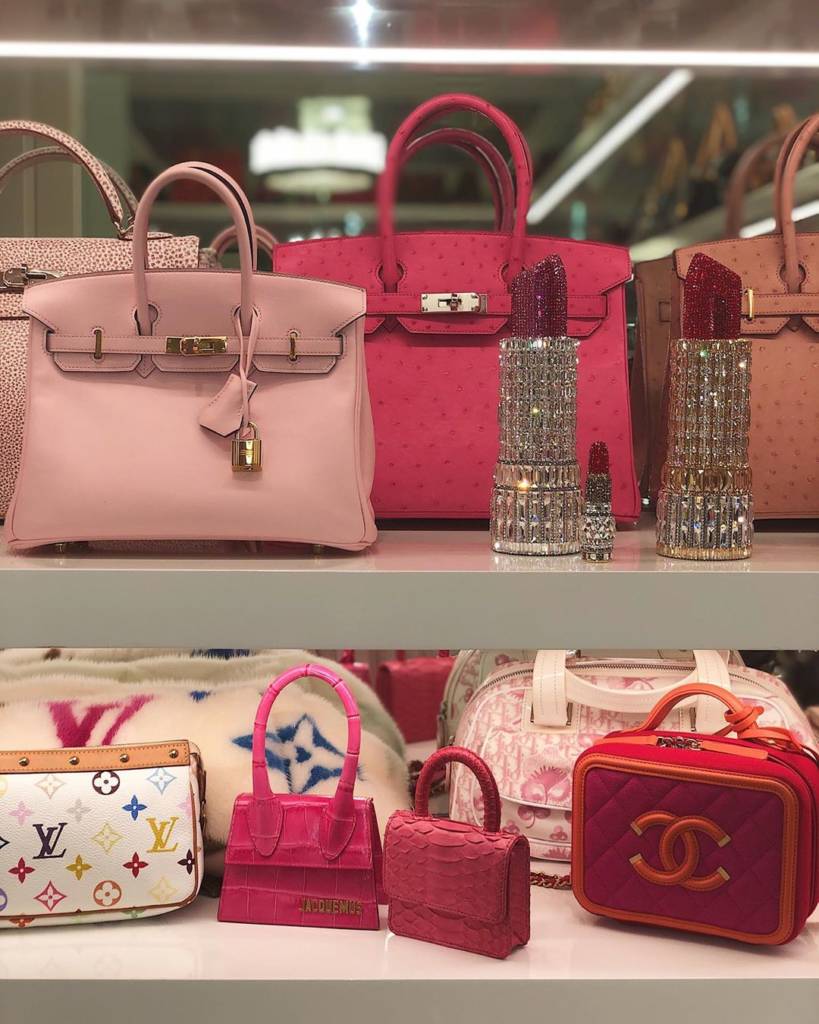
@kyliejenner
Okay, so as you know, the handbag business is down—at least at retail. As WWD noted, an October report from the NPD group indicates that the handbag business was down 20% in the first eight months of 2019 compared to 2016.
But we’ve still been seeing lots of bags on runways, in new collections, on Instagram, etc… So what gives? Well, the usual culprits: new direct-to-consumer brands, new IG darlings at lower price points (think Jacquemus, Staud, and Cult Gaia), and—of course—the secondary market. If there’s one major shift that’s shaken things up in the past few years, it’s been the secondary market, with its easy offering of classic luxury bags.
In fact, experts think the contemporary brands that have made a name for themselves on social media will see less success in the future. “I believe this trend is slowly going to wind down,” Lisa Aiken, fashion director at Moda Operandi, told WWD. “Instead, the trend is reversing to the designer level. Ultimately, people are returning to those investment pieces, like a handbag.” So if anything’s going to keep shaking up the luxury industry in a big way, it’s probably the secondary market.
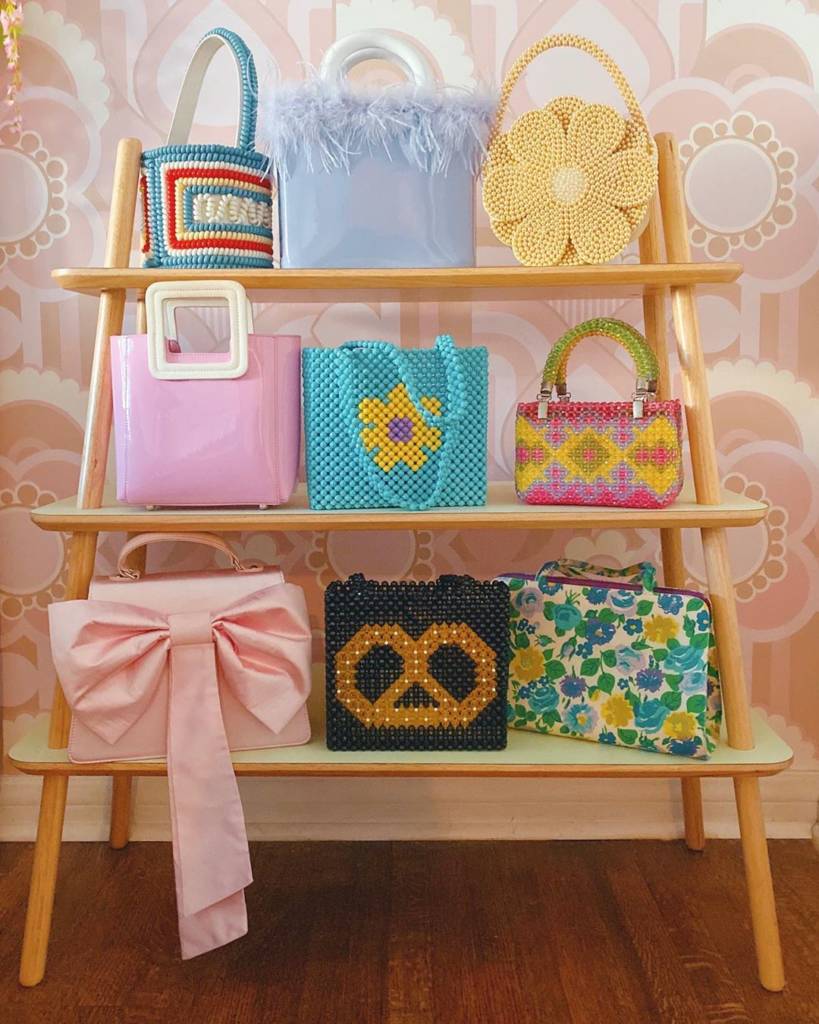
An array of bags that have become popular on Instagram. @samswhurld
Even with all of these changes in entry points to the industry—coupled with the fall of the “It” Bag (read: Is the It Bag Era Over?), where one bag could essentially sustain the handbag category of a brand—there is actually a renewed focus on bags at retail. Just not one bag.
“The best way to run a really successful accessories business is to understand which brands have a really strong offering. And then to put your money into those brands,” said Jeffery Kalinsky, vice president and designer fashion director of Nordstrom Inc.
Bags of all different shapes and sizes are performing relatively well—but we have to look at a luxury brand’s offerings as a whole, rather than at, say, the Dior Saddlebag, or the Gucci Marmont (you get the gist.) Bottega Veneta has been especially popular in this regard lately. Handbag sales may be down, but new designs and offerings are thriving. If luxury brands want their handbag category to flourish, they’ll likely have to offer a wide array of fresh and classic designs. Chanel, for instance, is the perfect model of this phenomenon in action.
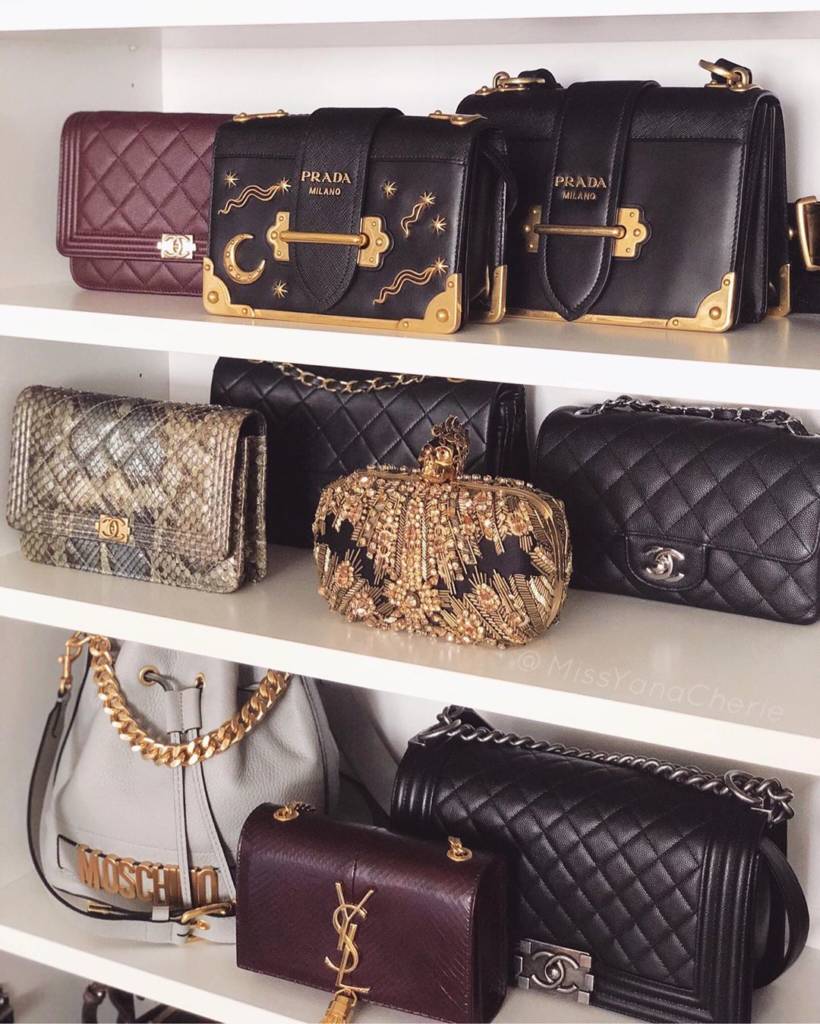
A wide range of bags from classic luxury brands. @missyanacherie
What do you think is in store for the future of the handbag category? Tell us your thoughts below!
Read related articles:
Are Handbags No Longer Big Business for Luxury Brands?Exclusivity or Inclusivity? The Age Old Question for Luxury Fashion Brands
Can Luxury Brands Become Sustainable?
Luxury in the Age of Millennials
Love, PurseBop
XO
Updated: December 19th, 2019



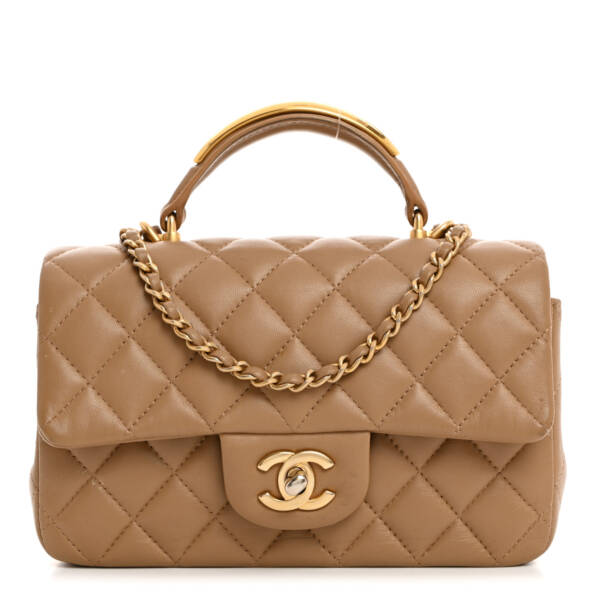
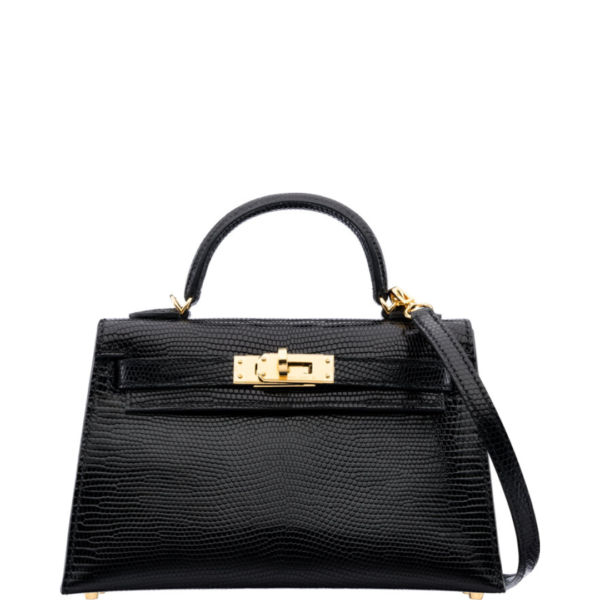
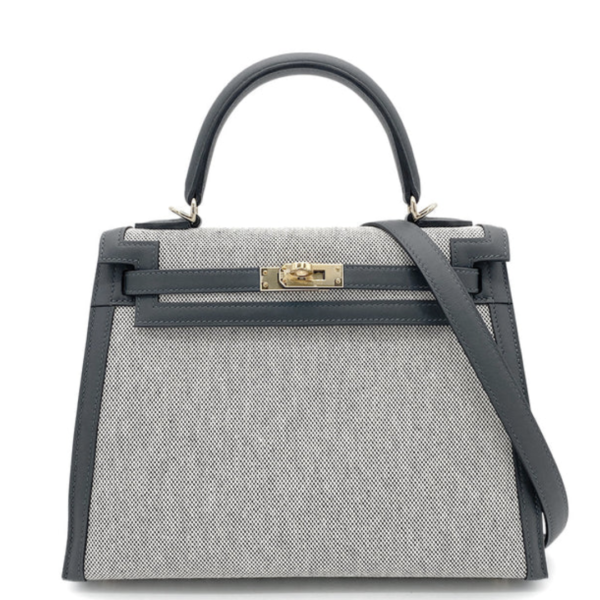
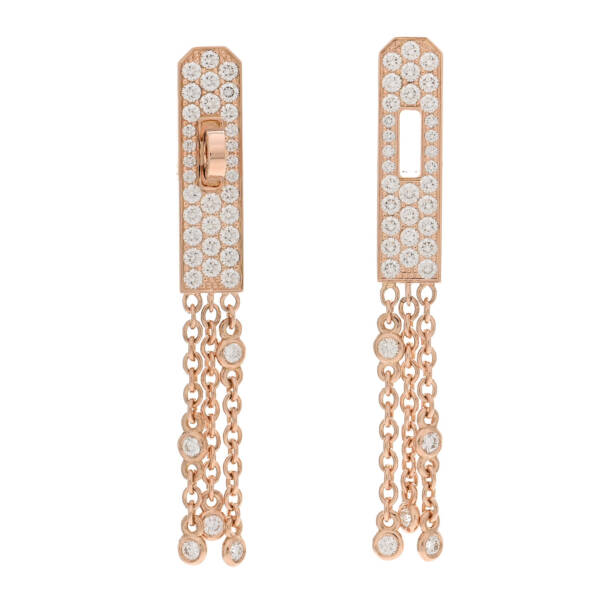
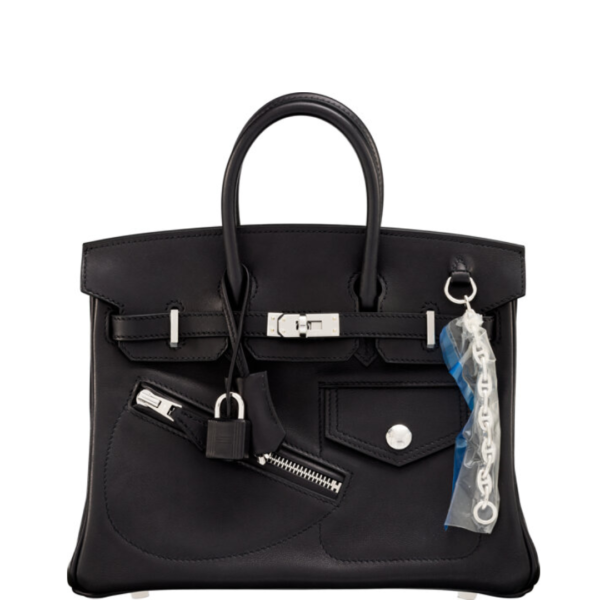
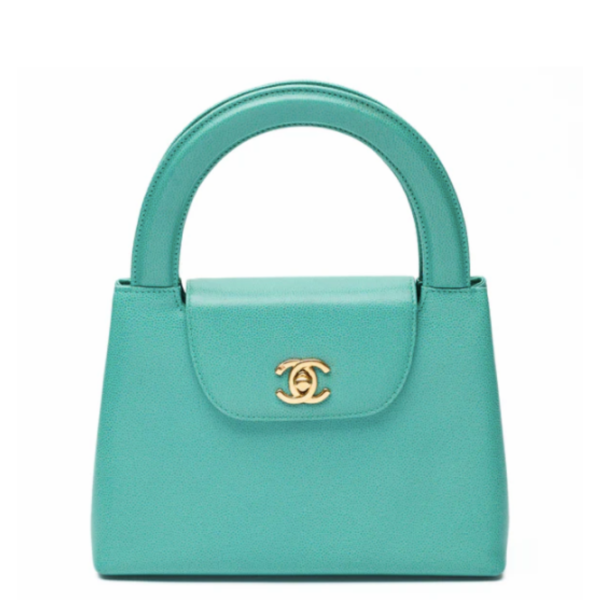
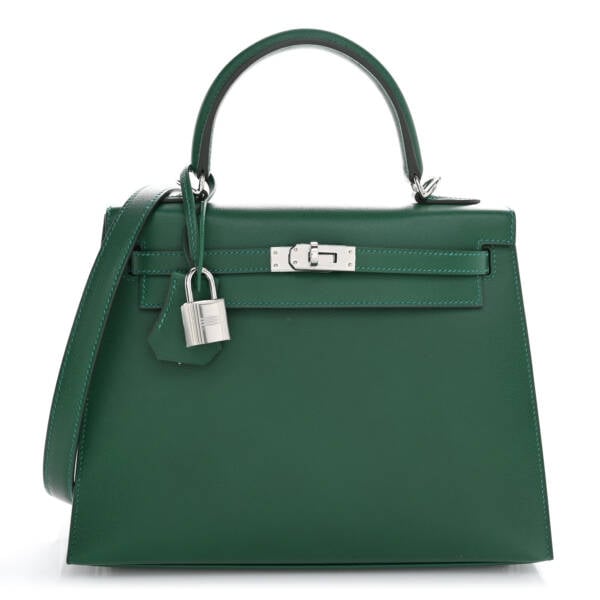
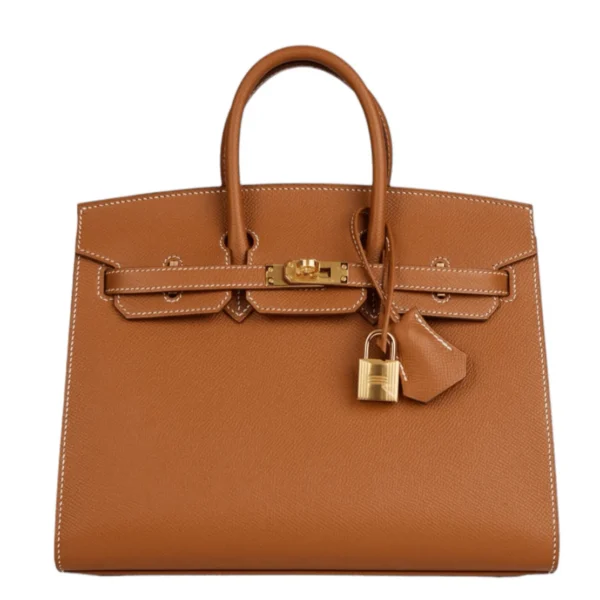
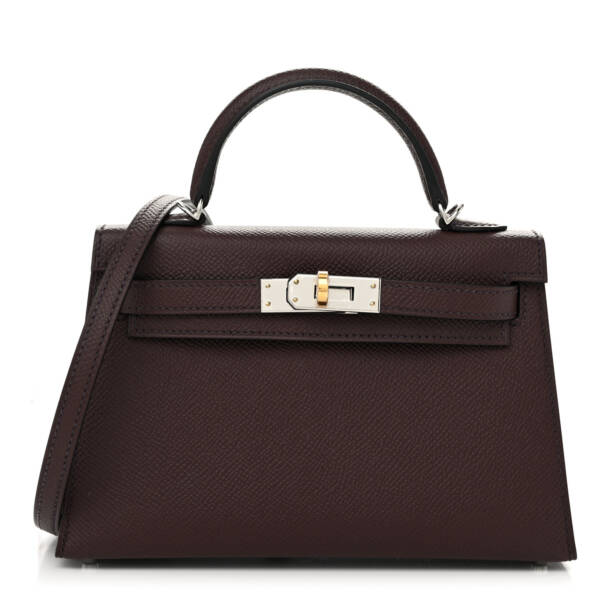
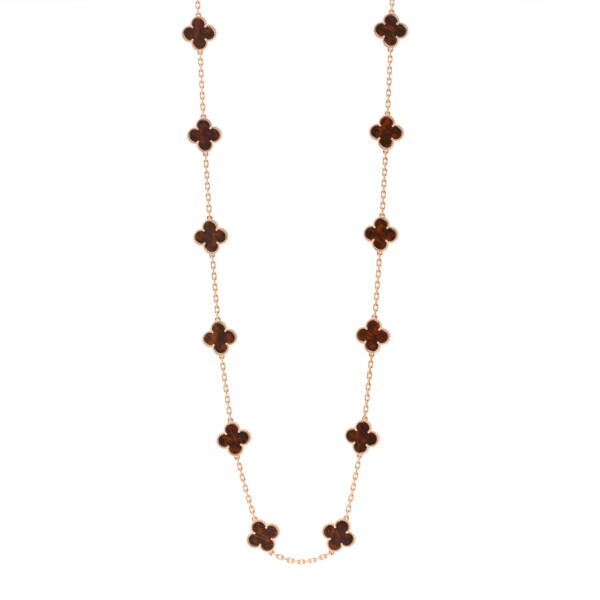
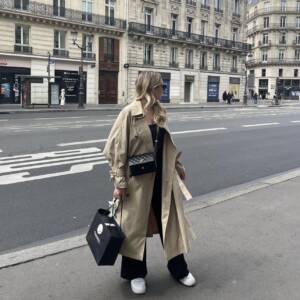
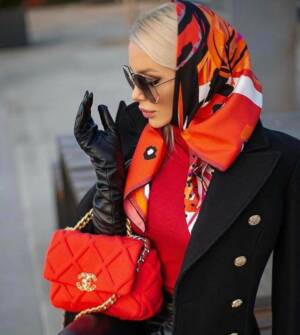
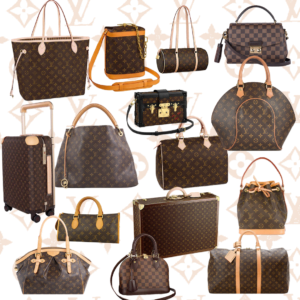
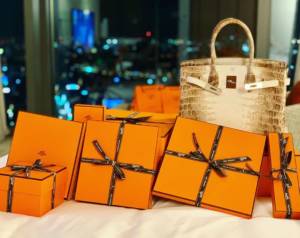
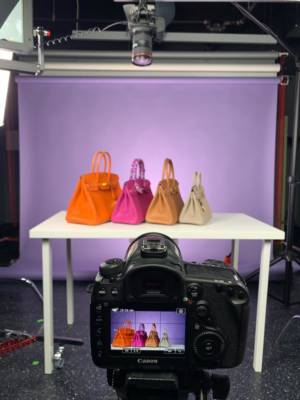
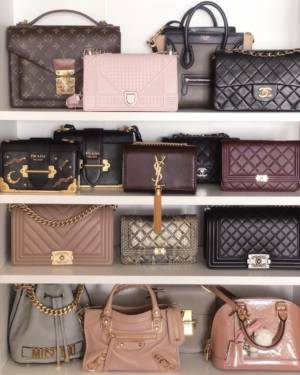


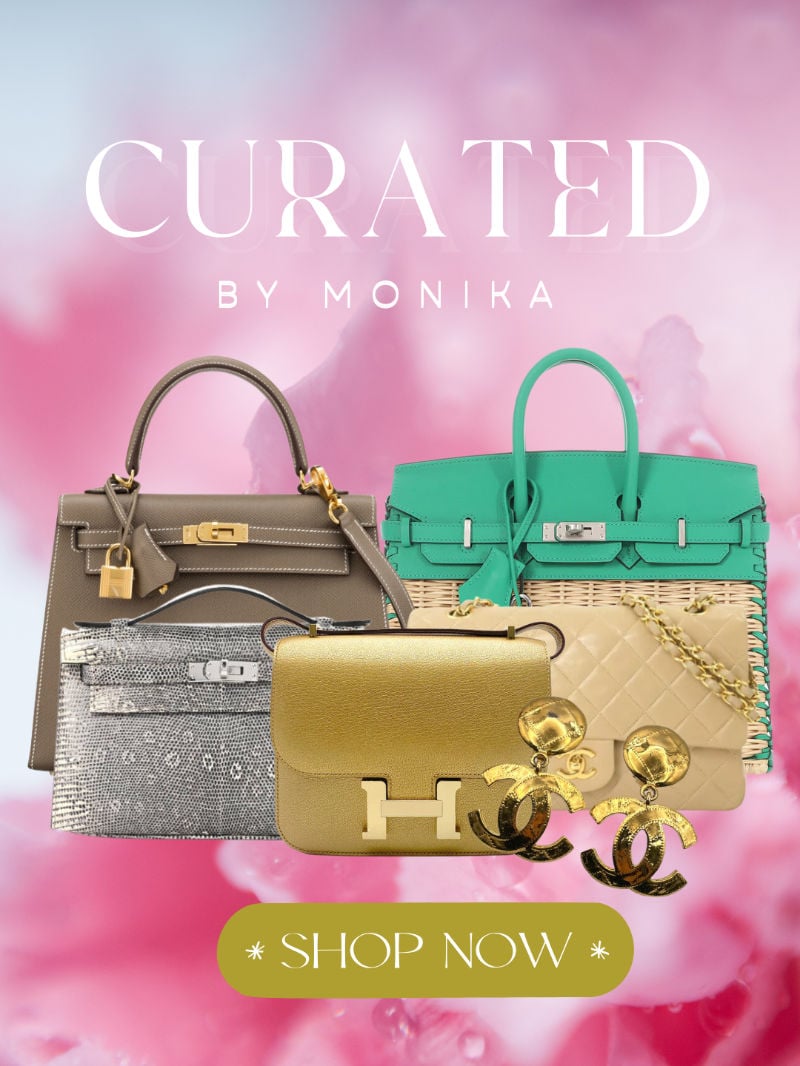
Comments